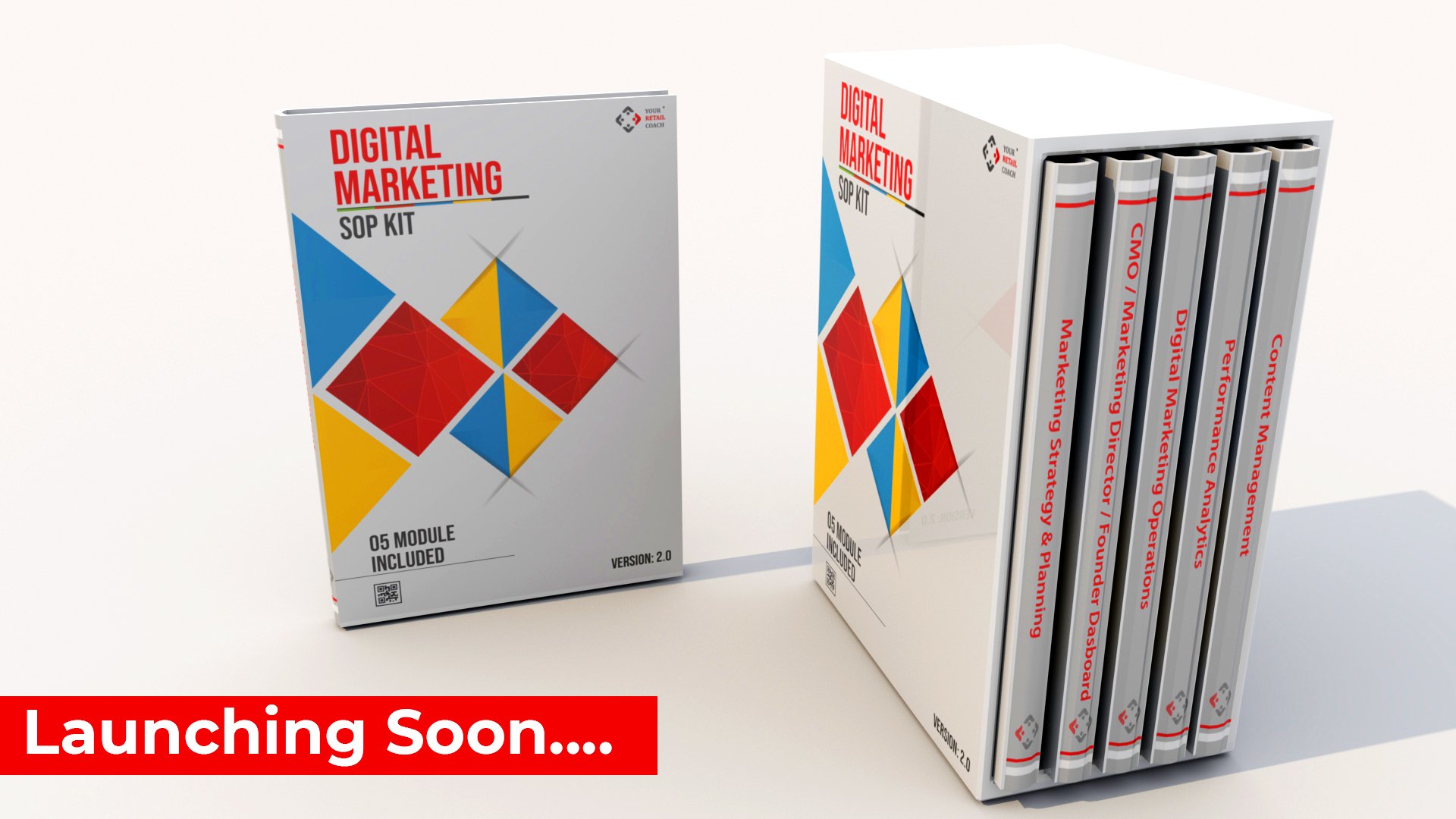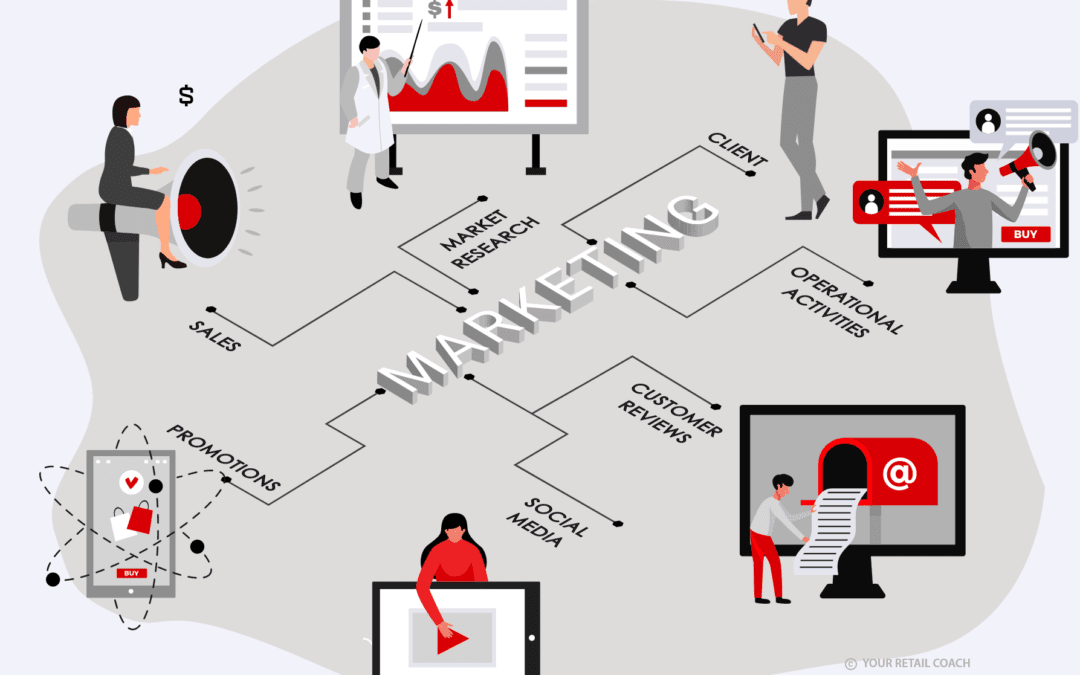According to the American Marketing Association, marketing is the activity, set of institutions, and processes for creating, communicating, delivering, and exchanging offerings that have value for customers, clients, partners, and society at large. Even in small and medium scale enterprises, marketing encompasses a wide range of activities cased in several processes. Marketing SOPs are streamlined and documented step-by-step procedures for effective and efficient execution of the various marketing activities.
1.Identification of marketing processes
Marketing planning and strategies are implemented through various processes and liaisoning with other functional departments. These processes can include sales & performance management, promotion and business development, CRM process management, customer service, reporting and control, market research and analytics and liaisoning with other departments like finance, HR, production and logistics.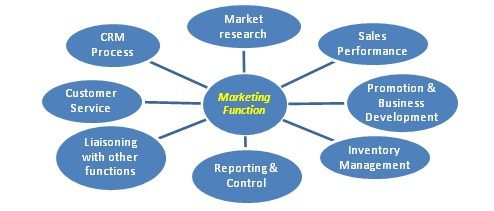
Example of a marketing function and its different processes
2.Identification of operations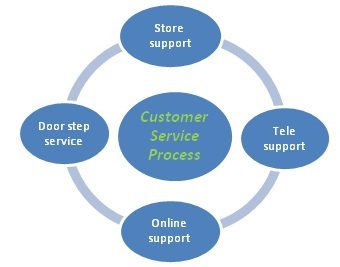
Different processes in a marketing function further comprises of different branches or operations. This division of work helps in better management of each process. For example, the customer service process can be further divided into four separate operations – store support, tele support, online support and door step service.
Example of a marketing function and its different processes
3.Identification of operational activities
Each operation in a marketing process is executed by following a sequence of inter-related activities or procedures. These procedures may vary from company to company depending upon their operational strategies and objectives. For example, in a store support operation, the key activities involved are reception and waiting arrangements, handling product queries, providing product demonstration and sharing product information, execution of promotional offers and discounts, sales and billing activities, taking customer feedback, grievance redressal and reporting.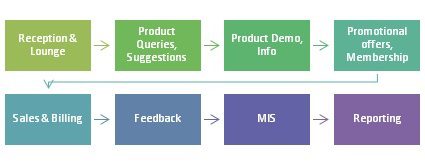 Example of activity sequence in a store support operation (grievance redressal will have a different procedure)
Example of activity sequence in a store support operation (grievance redressal will have a different procedure)
4.SOP format selection
Customized solutions in SOP formats can serve better purposes than adoption of standard lay-outs. One such effective customization is flowchart design combined with procedural forms and checklists for back office marketing processes. Use of forms and checklists may not be a viable option at points of interaction with customers. For such processes and operations, training, practice and experience are the best way forward to achieve smoothness in SOPs execution.
5.Identification of the people involved
Once the flow of work is determined in terms of procedures, the next step is identifying the people associated with these procedures so that the responsibilities, authority and accountability can be assigned. Identifying the target employees would also help in providing marketing SOP training and communicating policy and resultant procedural changes.
6.Training and communication
Training is a vital element in design and execution of marketing SOPs (standard operating procedures). Most of the operational activities or procedures in a marketing process involve interaction with customers, retailers, suppliers, distributors, event management firms etc. The vanguard employees represent the face of the business enterprise. These employees need to be well-trained in marketing SOPs and customer orientation.
Marketing SOPs can prove to be a game changer for SMEs in improving the efficiency and effectiveness of their internal operations. However, it is often found that SOPs for SMEs are substituted with convenience and habits. This can have a strong bearing on organization culture, work environment and productivity. These enterprises can always avail SOP services offered by professional experts and consultants and become SOP-enabled.
To know more about “How to write standard operating procedure?” get in touch with our Retail Experts on [email protected]
Digital Marketing SOP Playbook
